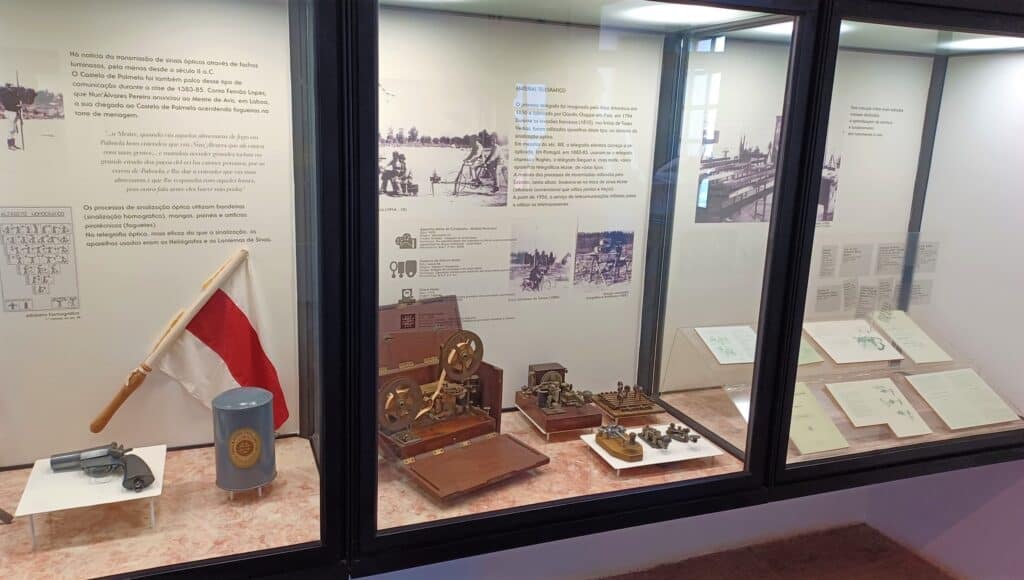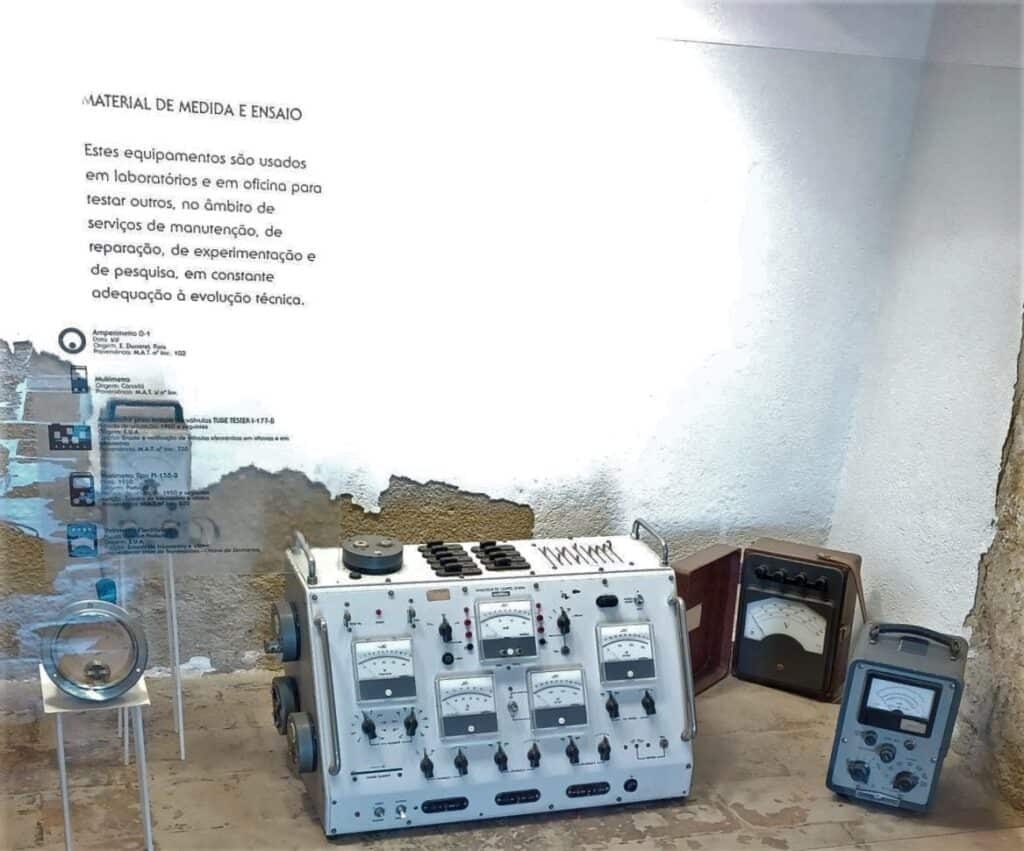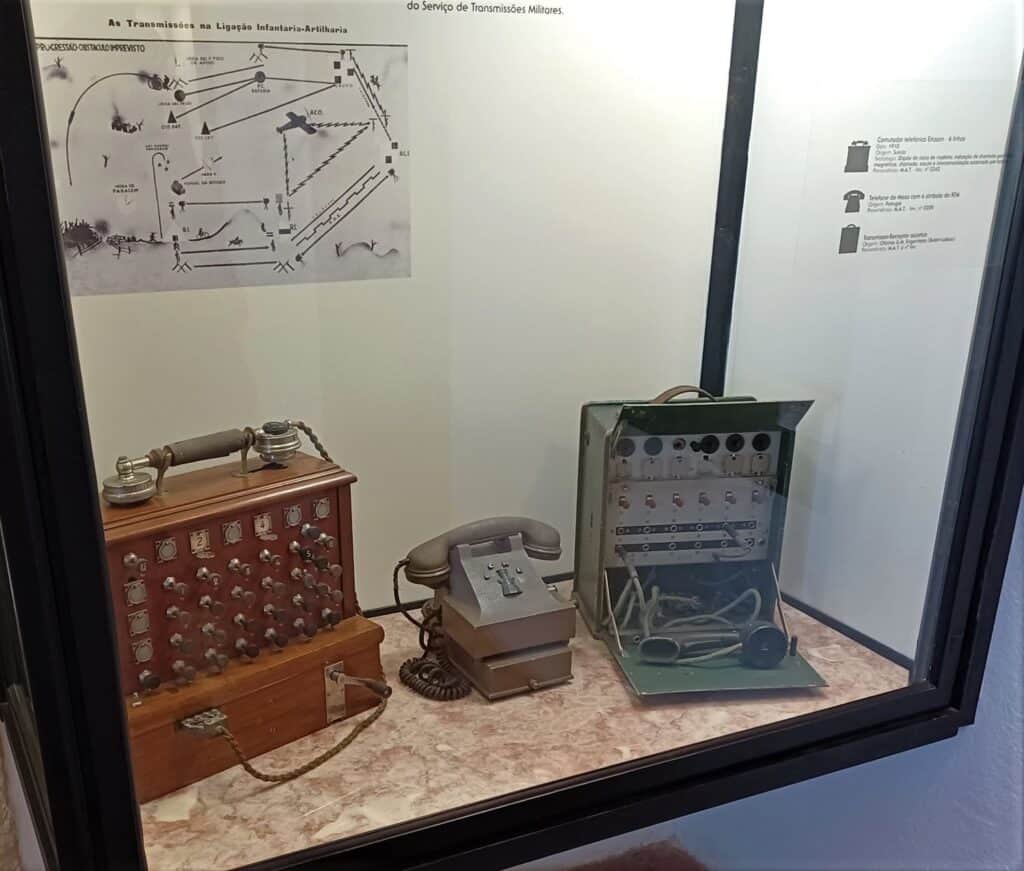On one of the most prominent points in the Setubal Peninsula sits an historic castle with a fascinating history.

Palmela Castle origin story
Portugal seems to be one of those places where every hilltop is capped with a castle. The spot for the Palmela Castle is especially strategic because there are clear views all the way to Setubal and the Sado River and to the Tagus River and Lisbon to the north. No one’s army is going to sneak up on you when you hold Palmela.
The Palmela Castle started as a Roman fort in the 2nd century CE. Later, when the Visigoths invaded the Iberian peninsula, they occupied the castle.
The Moors greatly expanded the fort in the 8th and 9th centuries.

After the Christian reconquest, more building and and fortification took place in the 14th and 17th centuries.
Like most of Lisbon and the surrounding towns, the Palmela Castle was damaged by the 1755 earthquake. When the monasteries were abolished in Portugal in 1834, the military took over the castle.
Today, the castle is open to visitors. If you want to stay in Palmela overnight, you don’t have to leave the castle. There is a 4 star hotel, the Pousada Castelo de Palmela, right on the grounds of the castle.
Visiting the Palmela Castle
It’s free to visit the castle, wander the grounds, climb the tower, and check out the spectacular views.
Inside the walls of the castle, one of the first things you’ll see is the ruins of the Igreja de Santa Maria (Church of St. Mary). The church dates to the 12th century after the reconquest and likely was built on top of a mosque.
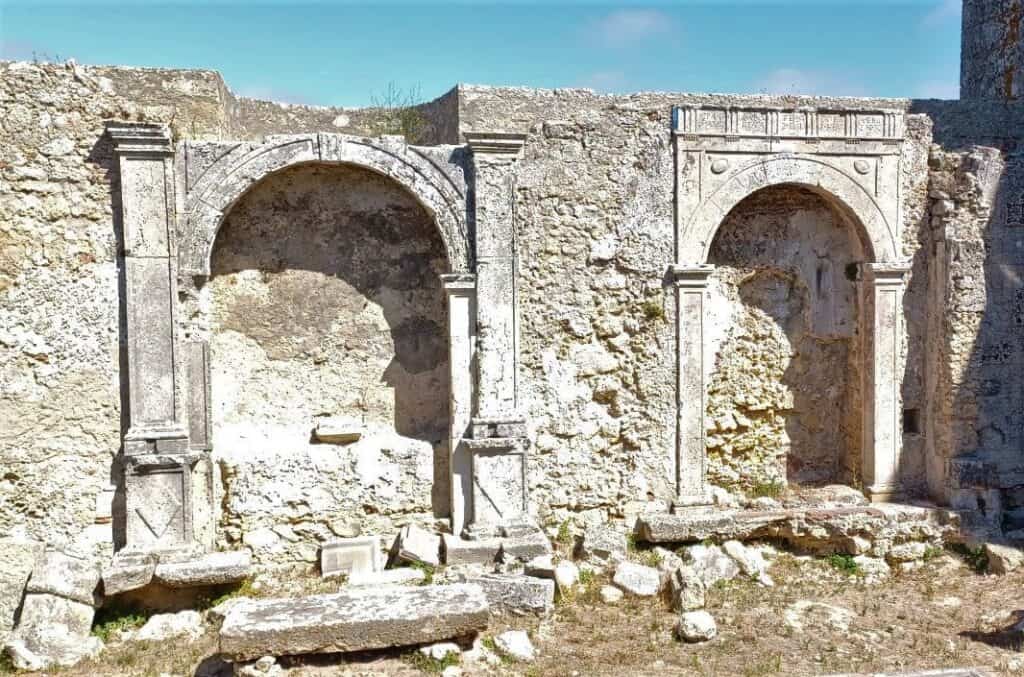
You’ll also want to visit the Igreja de Santiago (Church of Saint James). The late Gothic church has soaring arches and the remains of some nice azulejo tile decorations.
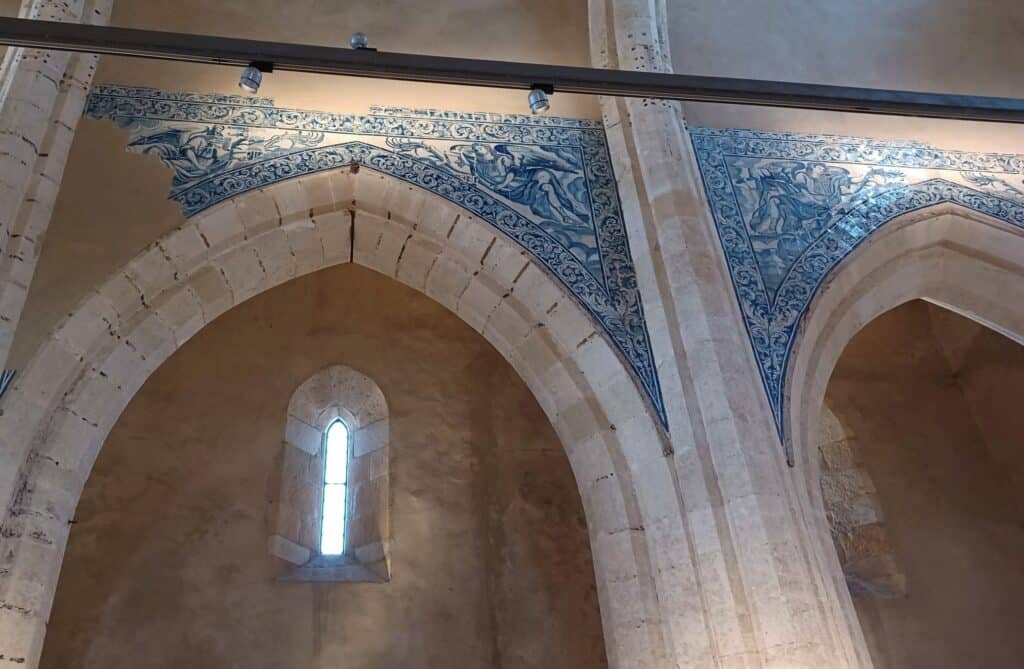
There are archeological digs throughout the castle that show evidence of Moorish occupation going back to the 8th century.
There’s lots of artifacts on display in the various rooms of the castle. For me, the most interesting is also the most recent. From the 1834 until well into the second half of the 20th century, the castle was used by the military.
The purpose in the 20th century was as a telecommunications hub. There are several displays of the telecom equipment used by the military including old-timey telegraph machines, a semaphore flag, and even a picture of a bicycle powering a generator.
Most of the displays are in Portuguese so either bring a Portuguese friend or download Google Translate if you don’t speak the language.
The castle’s Tower is a short climb and rewards with the best views. Don’t skip it!
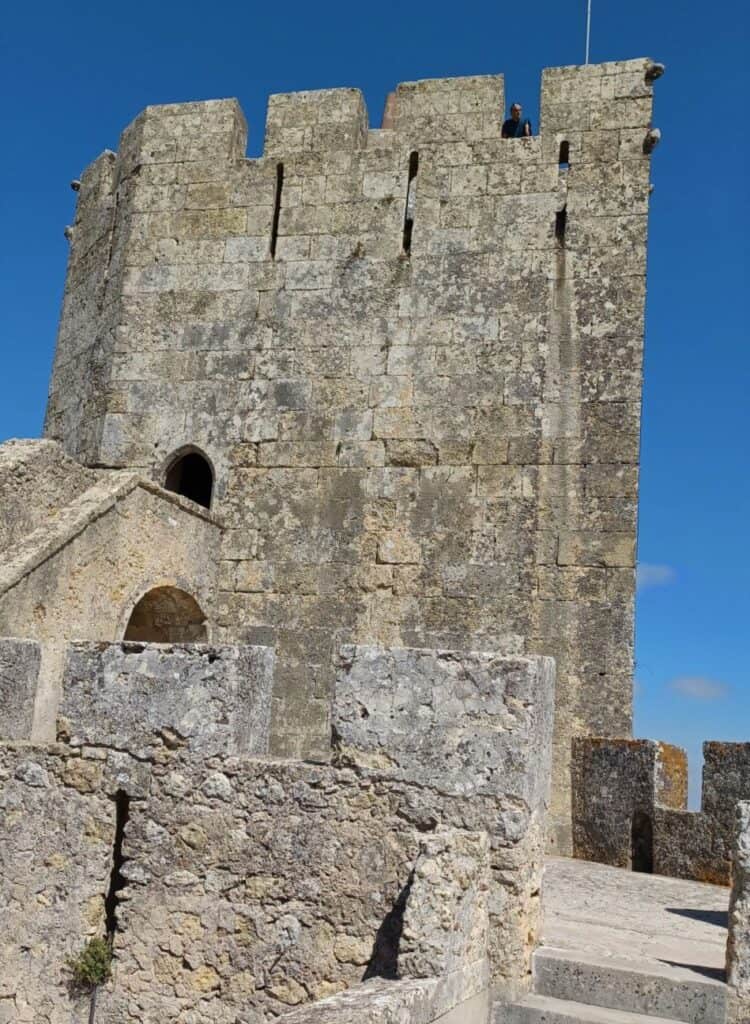
If you get hungry or thirsty, there’s a couple cafes in the castle as well as a couple shops.
How to get to the Palmela Castle

If you’re coming from Lisbon you can take the train from Sete Rios to Palmela (about 50 minutes). Or, take the ferry from Terreiro do Paco to Barriero and then the train to Palmela (about 50 minutes depending on how long you wait for the train in Barriero.)
From the train station it’s over 2 miles to the castle and you have to climb a pretty big hill. So taking a taxi or rideshare might be the best option unless you like the walk.

About the Author

Brent Petersen is the Editor-in-Chief of Destination Eat Drink. He currently resides in Setubal, Portugal. Brent has written the novel “Truffle Hunt” (Eckhartz Press) and the short story collection “That Bird.” He’s also written dozens of foodie travel guides to cities around the world on Destination Eat Drink, including in-depth eating and drinking guides to Lisbon, Porto, Sintra, Monsaraz, and Evora in Portugal. Brent’s podcast, also called Destination Eat Drink, is available on all podcast platforms.

